Форма для штабелирования
Формование стеков: Все, что вы должны знать
Формование штабелей это настоящая революция в индустрии литья под давлением, поскольку она повышает скорость производства. На сайте штабельные формыПо крайней мере, две или более уплотненных полостей означают, что разные детали формуются за один прием, что повышает эффективность. Но что же такое формование в штабеле и как оно работает, особенно в сравнении с аналогами? В этой статье мы дадим определение штабельного формования, представим краткий обзор его преимуществ и того, как оно быстро меняет крупносерийное производство. Кроме того, мы узнаем о процессе литья в штабеля, включая материалы, рекомендации по проектированию и все остальное.
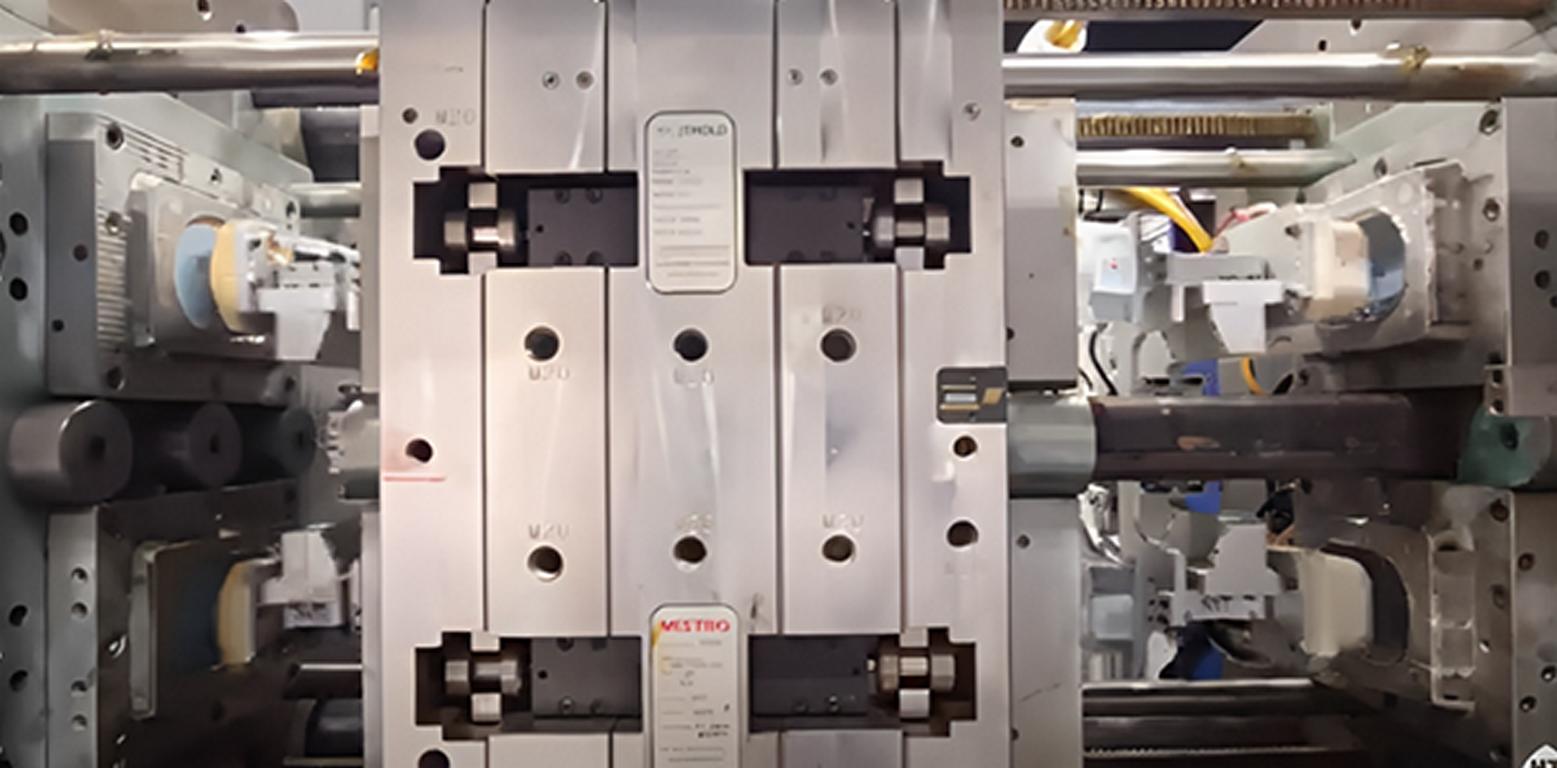
Что такое пресс-форма для литья под давлением?
Пресс-форма для литья под давлением со стеком имеет несколько линий раздела, или "ярусов" полостей, получаемых путем укладки нескольких полостей пресс-формы друг на друга. Каждый ярус пресс-формы содержит еще один набор полостей, что одновременно увеличивает общую производительность машины. При этом не нужно вкладывать средства в дополнительные инструменты или недвижимость, необходимую для их размещения. По сравнению с обычной пресс-формой, которая может формировать деталь только в одной плоскости, штабельные пресс-формы, сконфигурированные в вертикальной плоскости, позволяют изготавливать деталь более чем в одной плоскости, а значит, имеют более высокую производительность.
Как выполняется формовка в штабеля?
Вот пошаговое описание процесса формовки в штабеля:
1. Закрытие пресс-формы
Штабельная пресс-форма имеет ряд полостей, которые находятся в стоячем положении за счет расположения полостей в вертикальном порядке. Пресс-форма закрывается при колебаниях плиты машины, поэтому полости и сердцевина каждой ступени выравниваются одновременно.
2. Впрыскивание материала
После закрытия формы расплавленный пластик впрыскивается в полости формы через один литник или горячий конвейер. Материал поступает в каждую полость на каждом этапе многоярусной пресс-формы. Расположение систем горячих бегунков гарантирует равномерное распределение материала по всем полостям.
3. Охлаждение и затвердевание
Как только расплавленный пластик попадает в полости, он начинает остывать и затвердевать. Каждый уровень пресс-формы позволяет охлаждать деталь за один раз. Таким образом, время цикла не нужно увеличивать, поскольку охлаждение может осуществляться одновременно для каждого набора полостей.
4. Открытие пресс-формы
Когда полимер достаточно охлажден, система открывает пресс-форму. Пресс-форма предназначена для извлечения каждого уровня стопки за один раз. Некоторые функции гарантируют, что полости открыты, что способствует легкому и плавному извлечению деталей из формы.
5. Выброс
Затем система выталкивания пресс-формы выбрасывает затвердевшие детали из полостей, оставляя свободную от полостей пресс-форму, готовую к следующему циклу. Разница заключается в том, что каждый уровень пресс-формы выбрасывает свои детали сразу, что позволяет достичь высокой оборачиваемости за один полный цикл. Дополнительные или более сложные детали могут быть легко извлечены с помощью разборных стержней или специальных систем выталкивателей.
6. Переработка процесса
Но после выталкивания пресс-форма снова закрывается и работает до тех пор, пока цикл не будет завершен. Поскольку в штабелированных пресс-формах предусмотрено больше полостей, производители могут изготавливать больше деталей за цикл. Таким образом, они могут сделать их более эффективными, не требуя больших размеров или тоннажа.
Подходящий материал для литья под давлением в стек-форму
В частности, для литья под давлением в стек-форму важен правильный выбор материала. Материал должен быть текучим, чтобы он хорошо проникал во все пространства конструкции. Обычно используются такие материалы, как:
| Материал | Предел прочности | Температура плавления | Усадка пресс-формы | Распространенные приложения | Характеристики |
| Полипропилен (ПП) | 25-40 МПа | 160-170°C | 1.0-2.5% | Упаковка, автомобильные детали, предметы домашнего обихода | Хорошая химическая стойкость, подходит для высокоскоростного формования |
| Акрилонитрилбутадиенстирол (АБС) | 40-60 МПа | 200-260°C | 0.4-0.8% | Потребительские товары, электроника, автомобильные запчасти | Прочность, ударопрочность, хорошая стабильность размеров |
| Полиэтилен (ПЭ) | 10-30 МПа | 110-130°C | 1.5-3.5% | Бутылки, контейнеры, упаковочная пленка | Низкая плотность, гибкость, идеальное решение для легких приложений |
| Нейлон (ПА) | 60-80 МПа | 220-260°C | 0.5-1.5% | Автомобильные детали, промышленные компоненты | Обладая высокой прочностью и жесткостью, не впитывает влагу |
| Поликарбонат (ПК) | 55-75 МПа | 260-270°C | 0.5-0.7% | Оптические диски, электроника, автомобильные линзы | Отличная прозрачность, ударопрочность, дороговизна |
| Полиэтилентерефталат (ПЭТ) | 50-80 МПа | 250-260°C | 1.2-2.5% | Бутылки, упаковка, промышленные компоненты | Высокая прочность, прозрачность, пригодность для вторичной переработки |
| Полистирол (ПС) | 30-50 МПа | 210-250°C | 0.4-0.8% | Одноразовые контейнеры, изоляция, упаковка | Недорогие, жесткие, но хрупкие |
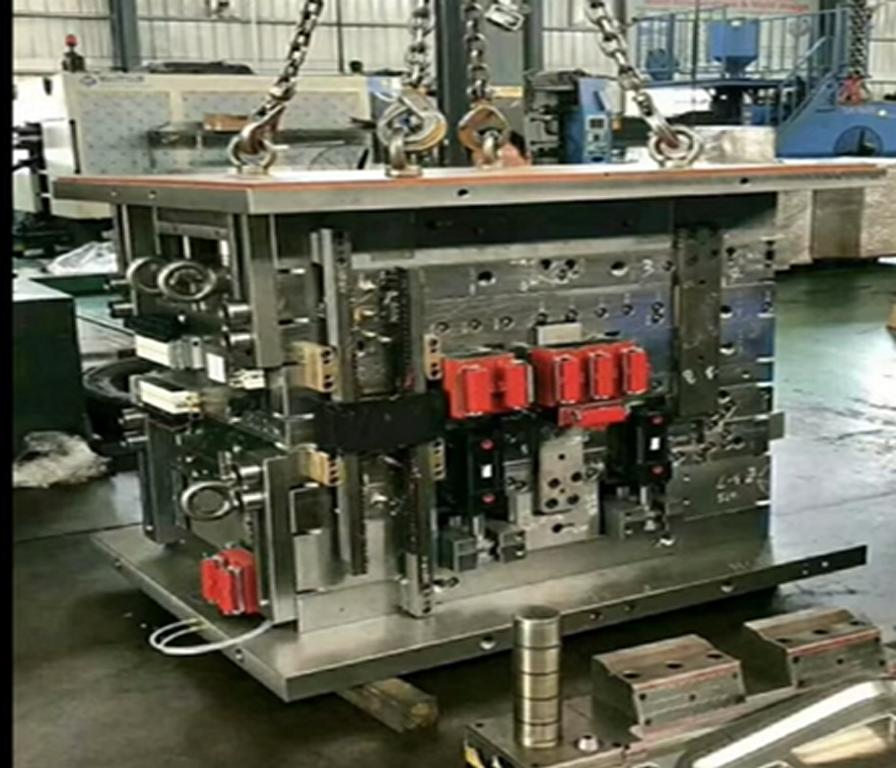
Типы пресс-форм для штабелей
Вот некоторые распространенные типы штабельных форм, которые мы можем использовать в различных областях;
1. Двухуровневый штабель
Он имеет два уровня полостей, которые производят вдвое больше, чем одноуровневые формы. Таким образом, они помогают удовлетворить потребность в увеличении объемов производства без дополнительных машин. Он экономически эффективен для среднего диапазона объемов производства и эффективно контролирует использование машин.
2. Трехуровневый штабель
Он имеет три уровня полости, что увеличивает производительность в три раза и эффективно для использования в отраслях, где производительность имеет большое значение. Кроме того, он минимизирует время простоя и оптимизирует пропускную способность конечного продукта, не увеличивая полезную площадь машины.
3. Четырехуровневая пресс-форма для штабеля
Эта пресс-форма создана для деталей с чрезвычайно высоким спросом; она имеет четыре полости, что позволяет увеличить производительность в четыре раза за цикл. Она идеально подходит для использования в тех случаях, когда производится большое количество изделий с необходимостью достижения очень близких допусков.
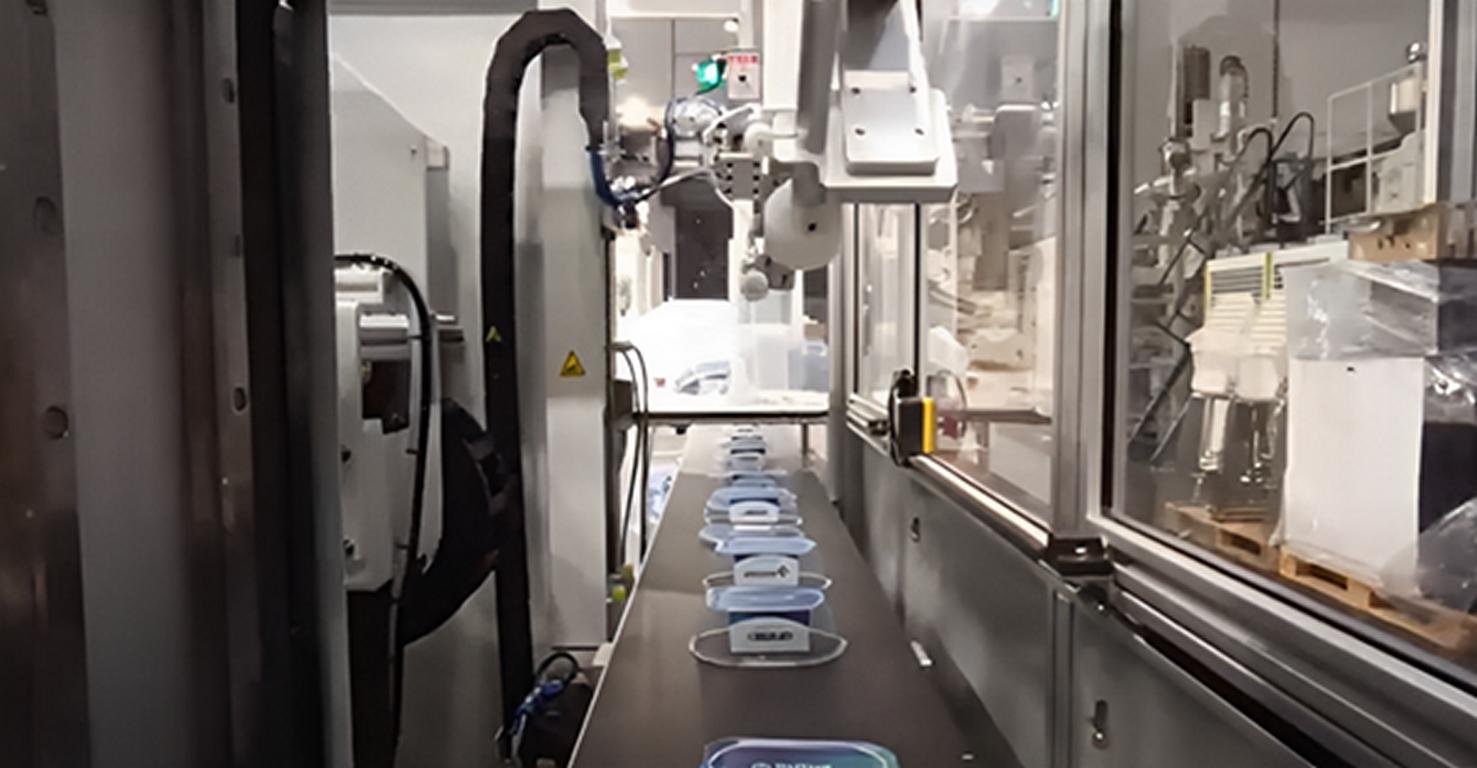
4. Вращающаяся пресс-форма для штабеля
Разумеется, несколько комплектов плит конфигурируются для выполнения формовки и охлаждения в разных ярусах, чтобы увеличить производительность и сократить время цикла. Такая система более эффективна, поскольку выполняет несколько задач за один цикл.
5. Форма для укладки указательных пластин
В течение цикла каждый уровень переходит в новое положение, что позволяет выполнять многоступенчатые операции в одной пресс-форме. Это удобно при изготовлении контрактных деталей, которые могут нуждаться в различных операциях на разных циклах.
6. Складная форма для укладки стержней
Он идеально подходит для выпрессовывания объектов со сложными компактными участками, такими как резьба или подрезы. Он идеально подходит для производства сложных пластиковых деталей, которые трудно удалить без ущерба для детали. Так, сердечники снижают вероятность слипания слоев или затягивания сердечника в вышележащий слой во время выталкивания.
7. Гибридная пресс-форма для стека
Стек-формы - это специальные формы, состоящие из двух или более форм, иногда известные как тандемные или вращающиеся формы, а также гибридные стек-формы с другими методами формовки. Такая конструкция позволяет производить детали, поскольку процессы формования осуществляются в одной пресс-форме. Таким образом, получается многофункциональная система, которая может изготавливать сложные компоненты с различными характеристиками за один цикл.
Сравнение между штабельными и тандемными пресс-формами
Вот краткая таблица для сравнения штабельных и тандемных пресс-форм;
| Особенность | Формы для штабелирования | Тандемные формы |
| Структура пресс-формы | Несколько уровней полостей, уложенных вертикально. | Две пресс-формы работают в тандеме, бок о бок. |
| Операция | Все уровни полости заполняются и выталкиваются одновременно. | Формы работают попеременно: одна наполняется, а другая остывает. |
| Время цикла | На ~20-30% меньше времени цикла по сравнению с одиночными пресс-формами. | ~10-20% дольше из-за чередования операций с пресс-формами. |
| Выпуск продукции | Высокая производительность (2x, 3x, 4x в зависимости от уровня плесени). | Умеренное увеличение производительности (от 1,5 до 2 раз по сравнению с одной пресс-формой). |
| Сложность детали | Лучше всего подходит для простых и умеренно сложных деталей. | Подходит для более сложных деталей или многоступенчатых операций. |
| Использование материала | Единая бегущая система, общая для всех уровней полостей. | Для каждой пресс-формы может потребоваться отдельная система бегунков. |
| Энергоэффективность | Более эффективный (~10-15% экономии энергии за счет одновременной работы). | Немного менее эффективен из-за чередования операций. |
| Идеальный вариант использования | Крупносерийное производство идентичных деталей. | Производство сложных деталей требует различных этапов формовки. |
Выбор правильной системы манифольдов для ваших штабельных пресс-форм
Вот несколько способов, которые помогут вам выбрать подходящую систему для штабельных форм;
- Множественные полости: Позволяет производить аналогичные изделия, чтобы уменьшить количество единиц продукции стоимость литья под давлением и повысить урожайность.
- Компактный дизайн: Распределение полостей в вертикальных колоннах позволяет уменьшить площадь пола, особенно в помещениях с ограниченной площадью.
- Повышенная эффективность охлаждения: Обычные и комбинированные охлаждающие конструкции с противотоком обеспечивают эффективное охлаждение во всех полостях. Кроме того, сокращается время цикла и повышается качество деталей.
- Упрощенный механизм выброса: Усовершенствованные методы выталкивания помогают отщелкивать детали, не причиняя им никакого вреда.
- Технология Hot-Runner: Сокращает отходы пенополистирола и гарантирует равномерное заполнение, поскольку пластик сохраняется в расплавленном состоянии до попадания в полости.
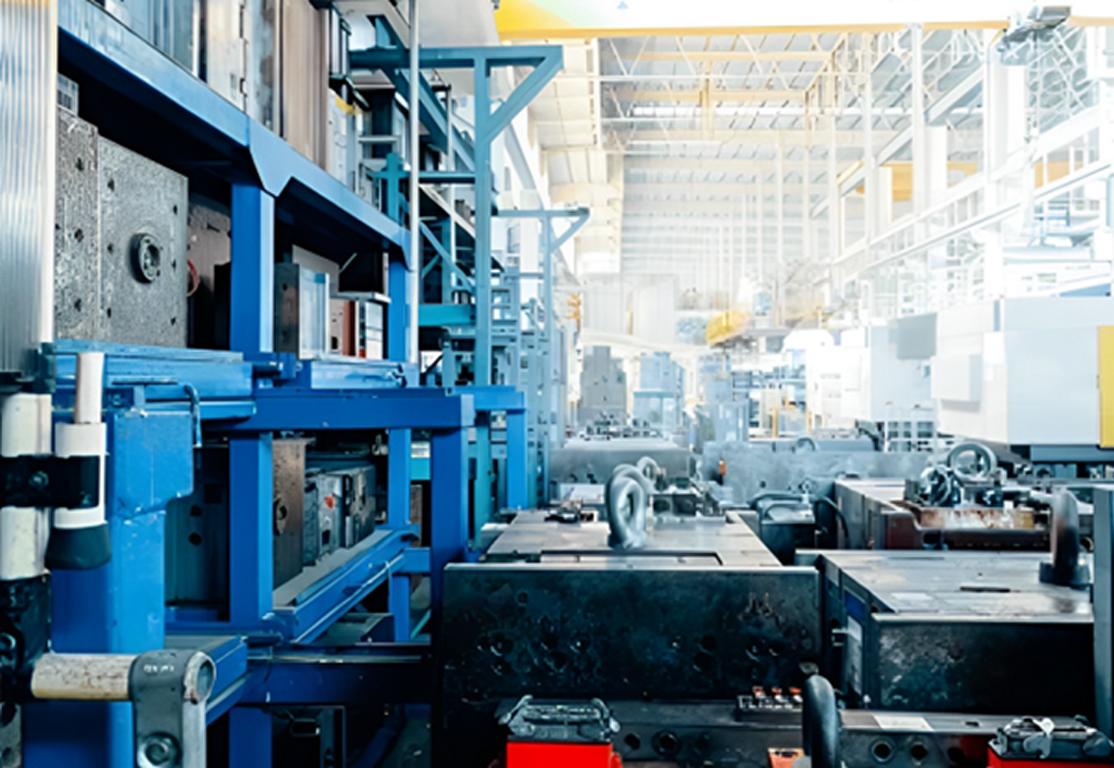
Выбор системы коллекторов для штабельных пресс-форм
- Совместимость материалов: Проверьте, соответствует ли структура и функциональность коллекторной системы характеристикам потока и тепловым свойствам тех конкретных материалов, которые используются при изготовлении печатной платы.
- Распределение потока: Выберите полость с конструкцией, обеспечивающей равномерное распределение материала на всех уровнях для предотвращения потери давления
- Контроль температуры: Выберите систему, которая контролирует температуру, чтобы повлиять на вязкость детали или качество материала.
- Простота в обслуживании: Выбирайте конструкцию с возможностью разборки, поскольку изделия нуждаются в регулярном обслуживании и чистке.
- Масштабируемость: Поиск системы коллекторов, которую можно было бы оперативно менять или дополнять в соответствии с будущим производством.
Области применения штабельных форм
Штабельные пресс-формы широко используются в отраслях, требующих крупносерийного производства, таких как:
- Конструкции и интерьеры транспортных средств или автомобильные компоненты и корпуса.
- Потребительские товары (упаковка, крышки)
- Прочее (шприцы, колпачки)
- Электроника (корпус, подключение)
Преимущества штабельных форм
- Увеличение производственных мощностей на тысячи процентов
- Эффективное использование материалов
- Сокращение расходов на оплату труда
- Это обычно приводит к минимизации площади, занимаемой различными объектами.
- Высокая рентабельность инвестиций
Недостатки штабельных форм
- Более высокая первоначальная стоимость
- Сложная конструкция пресс-формы и необходимость частого ремонта
- Они требуют применения более точных методов, которые контролируются более совершенным оборудованием.
- Возможна ситуация, когда качество деталей может оказаться неправильным, если они не сбалансированы должным образом
Заблуждения относительно формовки стеков.
- Миф: Стек-формы слишком дороги для малого бизнеса. Факт: На начальном этапе это всегда дорогостоящая процедура, но в долгосрочной перспективе она помогает сэкономить много расходных материалов и времени на производство.
- Миф: Стек-формы - это недостаток качества деталей. Факт: Хорошая конструкция диктует, что конкретная деталь должна быть одинакового качества независимо от уровня полости.
Идеальные случаи использования штабельных форм
Штабельные формы идеальны в тех случаях, когда требуется частая смена нагретой формы, когда нагрузка относительно велика по сравнению с размером формы, а также в тех случаях, когда форма должна периодически заменяться на охлажденную.
Штабельные пресс-формы лучше всего подходят для ситуаций, когда требуется большое количество одной детали, особенно при серийном производстве. Они особенно важны в отраслях, требующих высокой точности, таких как упаковочная промышленность, особенно производство потребительской упаковочной продукции, и производство медицинского оборудования.
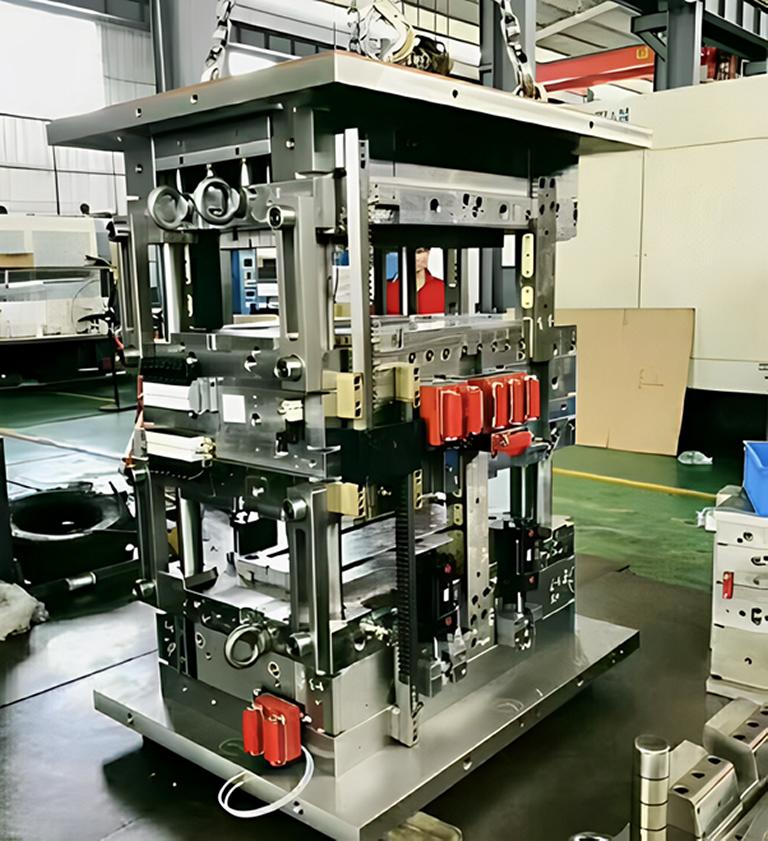
Заключение
В заключение следует отметить, что литье в штабеля является одной из наиболее эффективных производственных технологий, которая может значительно повысить скорость производства многих изделий в производственной линии, особенно в отрасли с высокой производительностью. При этом штабельные пресс-формы позволяют увеличить плотность полостей без увеличения размеров оборудования, что помогает реализовать высокую производственную ценность при более низкой стоимости единицы продукции при литье под давлением. Итак, ознакомьтесь с типами, материалами и особенностями конструкции. Таким образом, вы сможете максимально использовать преимущества штабельного литья.
Часто задаваемые вопросы
Что такое литьевое формование в стек-форме?
Это метод, при котором используется несколько полостей для изготовления нескольких формовка частей за один цикл.
Какие материалы можно использовать в пресс-формах для штабелей?
PP, ABS и Nylon - вот некоторые из доступных полированных материалов.
В чем разница между стековыми и тандемными пресс-формами?
В то время как штабельные пресс-формы изготавливают детали, похожие друг на друга, второй тип пресс-форм - тандемные - создает детали на разных этапах.
В каких отраслях применяется штабельное формование?
Практически все типы производителей, такие как автомобильные, упаковочные, медицинские, производители электроники и другие.
Как технология горячих бегунов улучшает формовку штабелей?
Это позволяет сократить отходы материала и правильно заполнить полости стен.
Дорогие ли формы для стеков?
Их стоимость изначально выше, чем у других машин, но эффективность производства гораздо выше.






